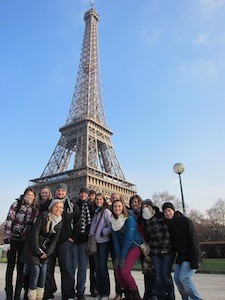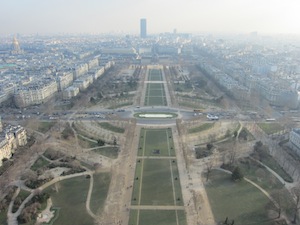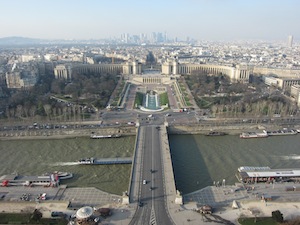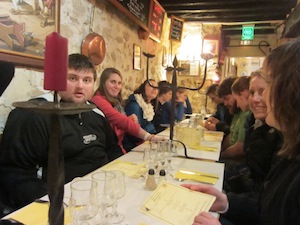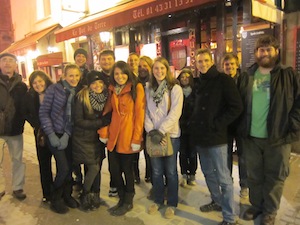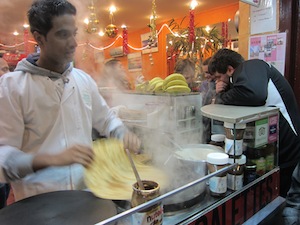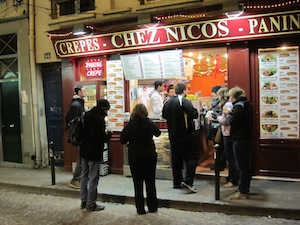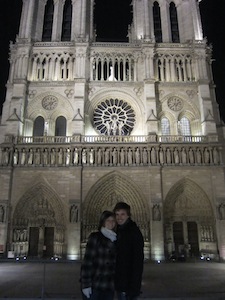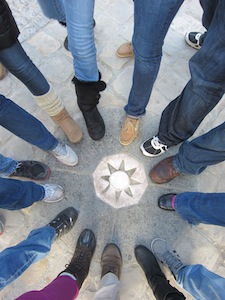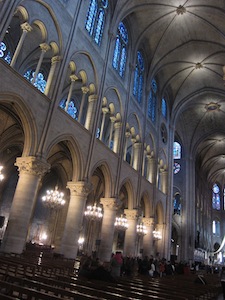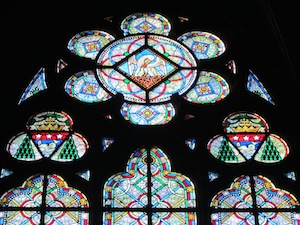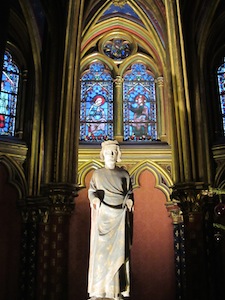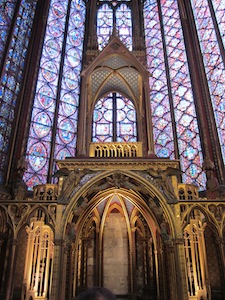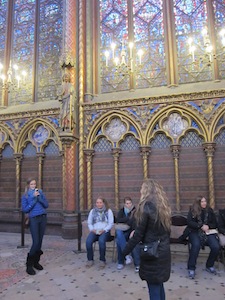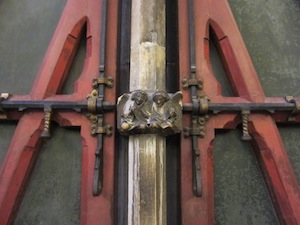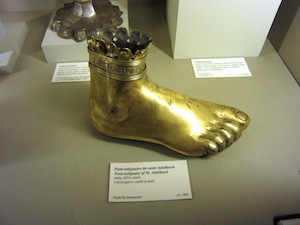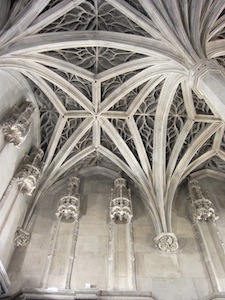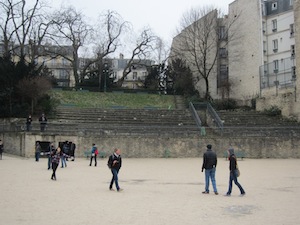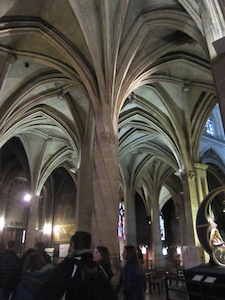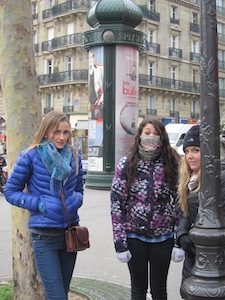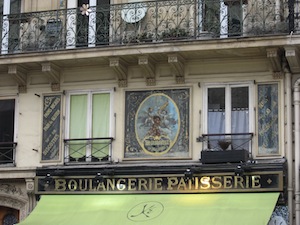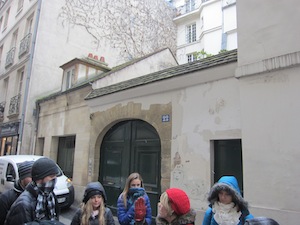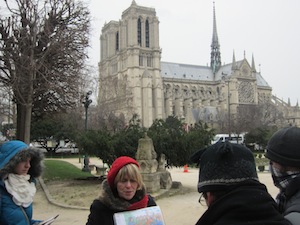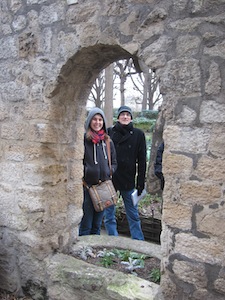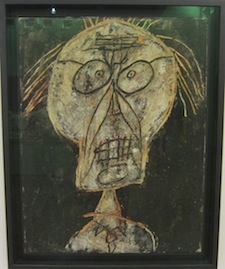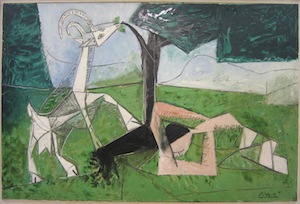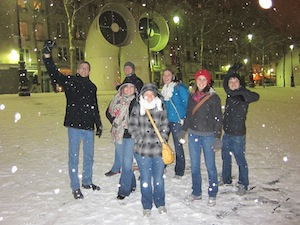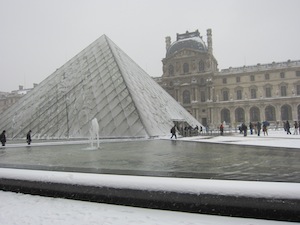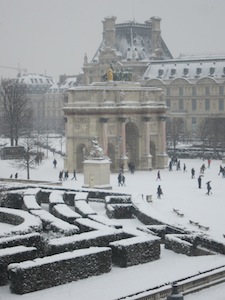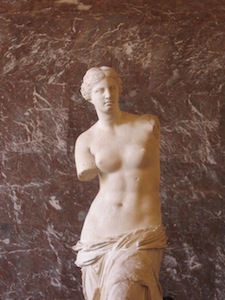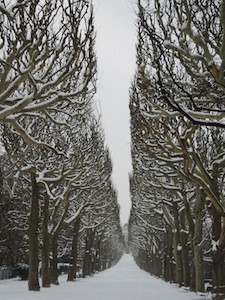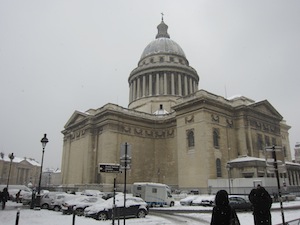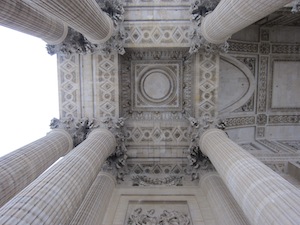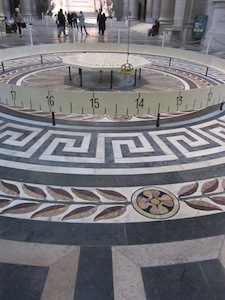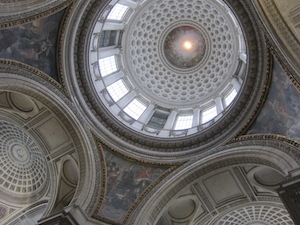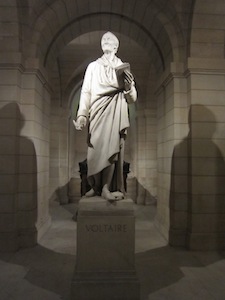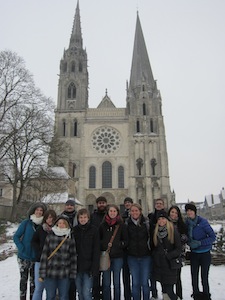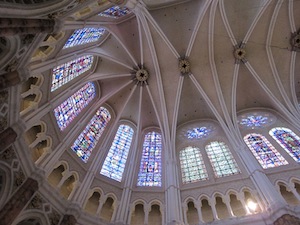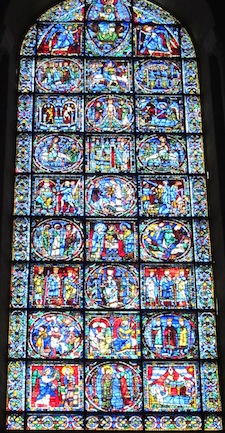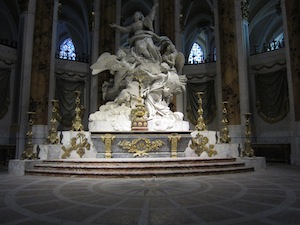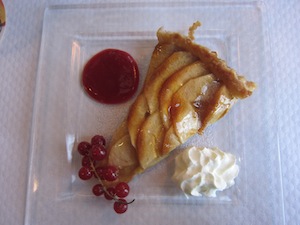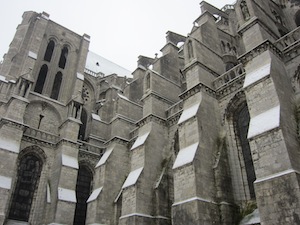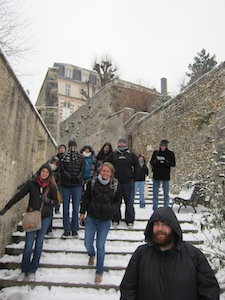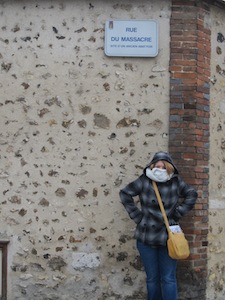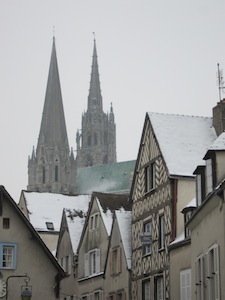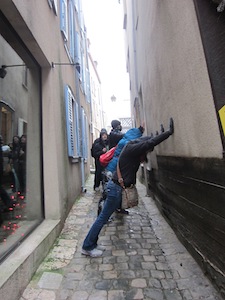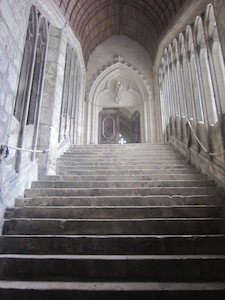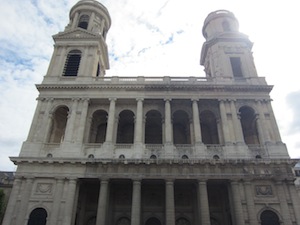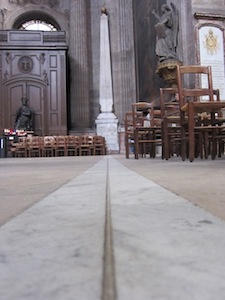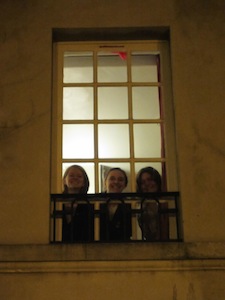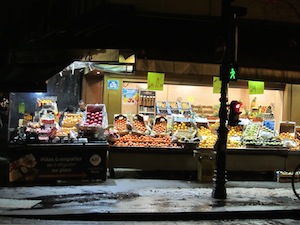The Making of the Modern Mind

Manchester University, January 2017 (IDIV 240) Instructors: Greg Clark & Steve Naragon
2013—Paris
Photos from the January 2013 Class: Paris
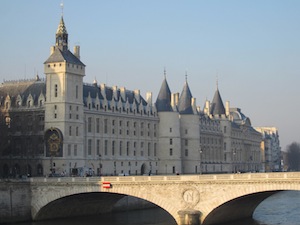
The Conciergerie, last home of Marie Antoinette and some three-thousand others heading off to the guillotine at the Place de la Concorde.
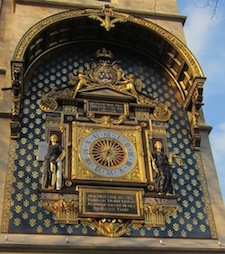
The easternmost tower of the Conciergerie is called La Tour d’Horlage (Clock Tower); this was the site of Paris’ first public clock, erected in 1370; the current clock dates to 1535.
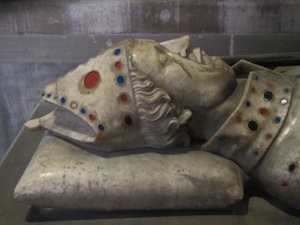
Inside Notre Dame: Simon Matiffas de Buci (died 1304), the one remaining marble bishop in the ambulatory. The other statues were destroyed in the aftermath of the French Revolution, when mobs irritated at the wealth and oppression of the church had their way with much religous statuary. This figure is positioned directly behind the altar, with the characteristic lion asleep at his feet.
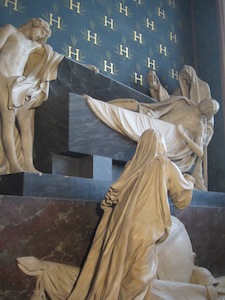
Inside Notre Dame: the Chapelle St. Guillaume with the tomb of Count Claude Henri d'Harcourt by Pigalle (1714-1785).
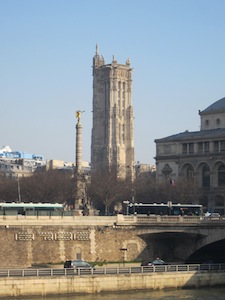
The Tour St. Jacques (Tower of St. James), built in the early 16th century and a fine example of Flamboyant Gothic architecture (the rest of the church was destroyed in 1793). It marked a beginning point for pilgrims on their way to Santiago de Compostela in Spain. In the mid-17th century, Blaise Pascal studied barometric pressure in the tower, and the medieval alchemist Nicholas Flamel is buried here.
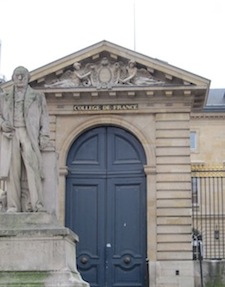
The French biologist Claude Bernard (1813-1878), standing outside the entrance to the Collège de France.
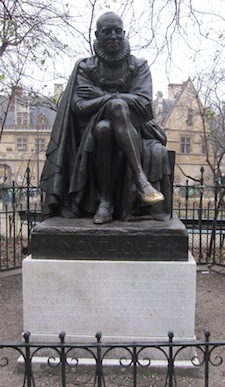
Michel de Montaigne (1533-1592), with red lipstick and a highly polished right shoe, sitting across the street from the Sorbonne.
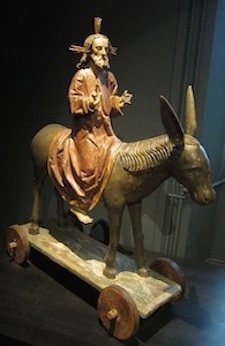
In the Musée de Cluny: This wooden sculpture dates from late 15th century Germany, and is called Christ des rameaux (literally, "Christ of the branches"; the Germans call it a Palmesel), as it was used to lead the Palm Sunday processions (thus the wheels). This Palm Sunday tradition dates back to the 10th century.
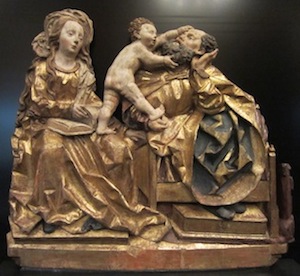
In the Musée de Cluny: This wooden sculpture from early 16th century Alsace depicts something relatively rare: an infant Jesus playing with Joseph.
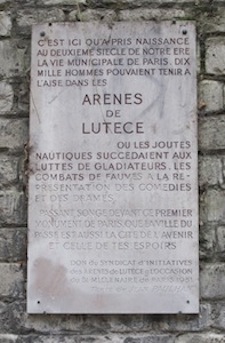
The old Roman ampitheater (the Arènes de Lutèce), located in the Latin Quarter, was built in the 1st century CE and could seat 15,000 people.
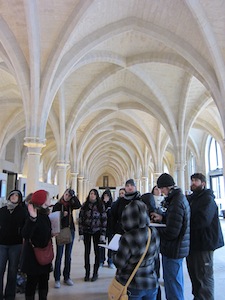
The Collège des Bernardin was founded in 1245 by Stephan von Lexington, abbot of the Cistercian abbey at Clairvaux, intended as lodging for students at the newly founded University in Paris.
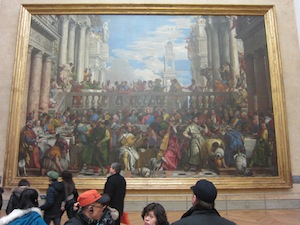
At the Louvre: This is Véronèse's "Marriage Feast at Cana" (1562-63). It's the wall-sized painting hung opposite Da Vinci's rather smaller "Mona Lisa". Some people notice it.
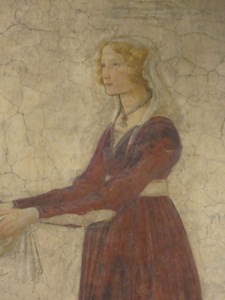
At the Louvre: Botticelli's "Venus and the Three Graces Presenting Gifts to a Young Woman." This is the young woman.
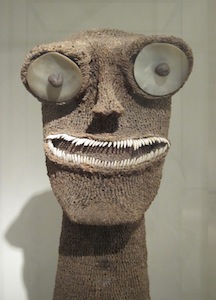
At the Louvre: This 18th century sock puppet makes Da Vinci's "Mona Lisa" seem so utterly 16th century ...
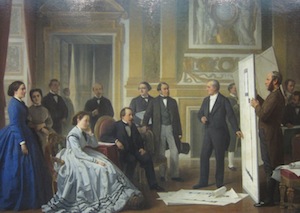
At the Louvre: This painting by Ange Tissier (1814-1876) is of particular historical interest because it shows Louis Visconti presenting his plans for the new Louvre to Napoleon III (nephew to Napoleon Bonaparte) and his wife, the Empress Eugénie. This is the Napoleon who left his "N" on various bridges and buildings in Paris.
Manchester University // Registrar // MU Study Abroad // Last updated: 26 Jan 2012

